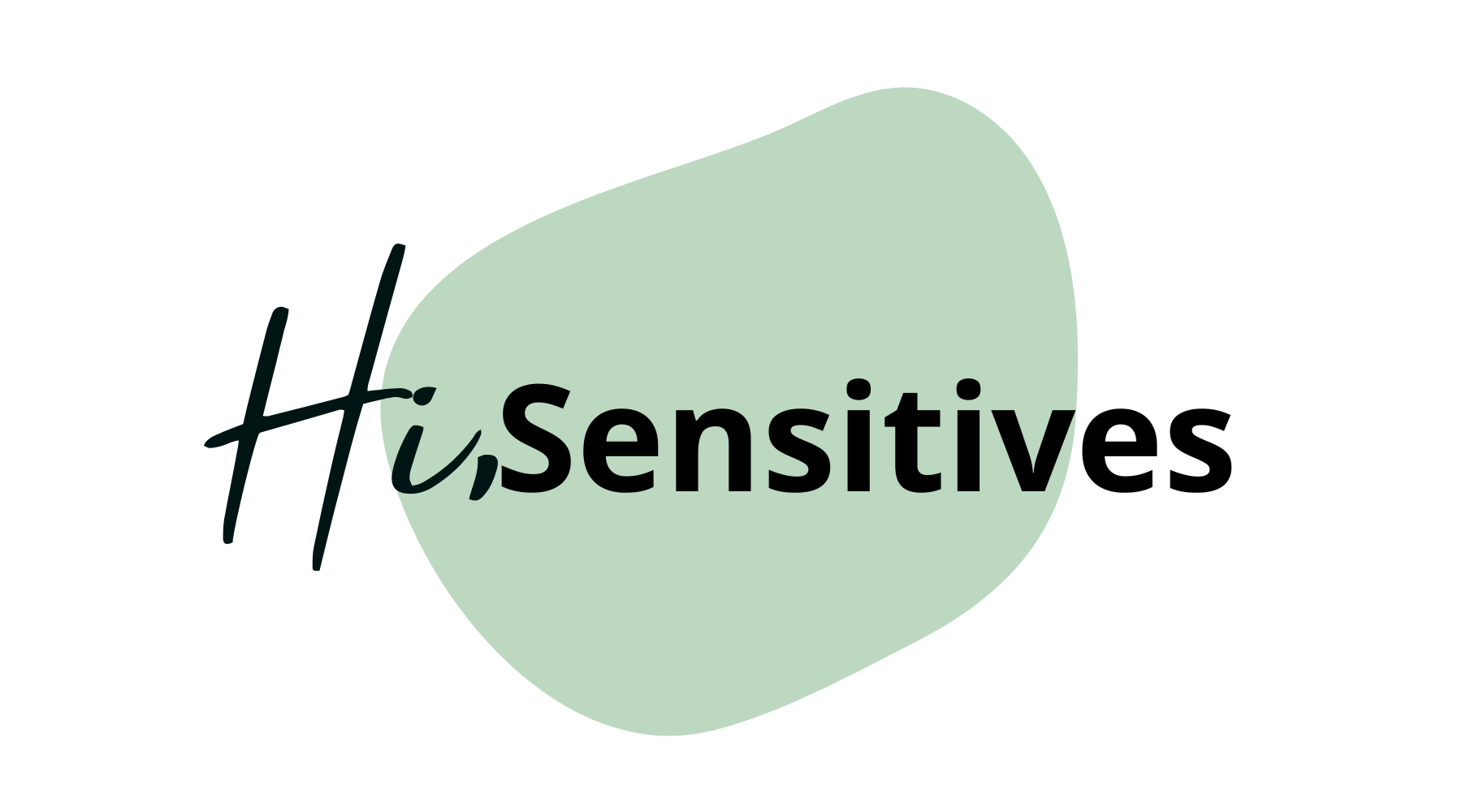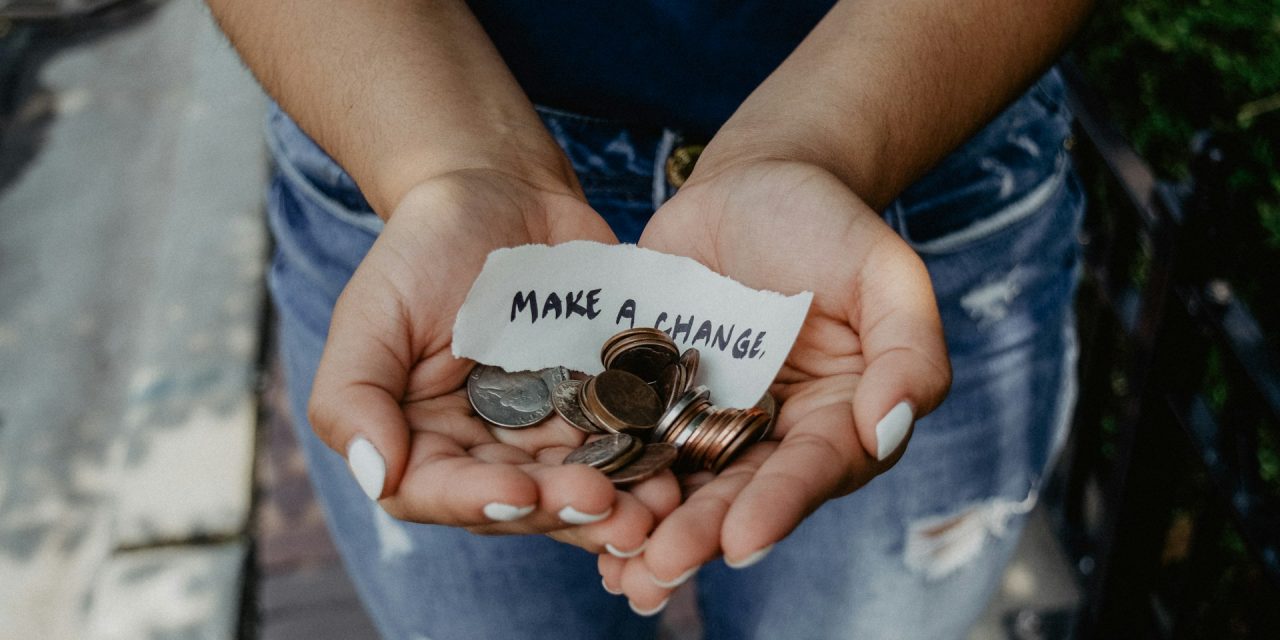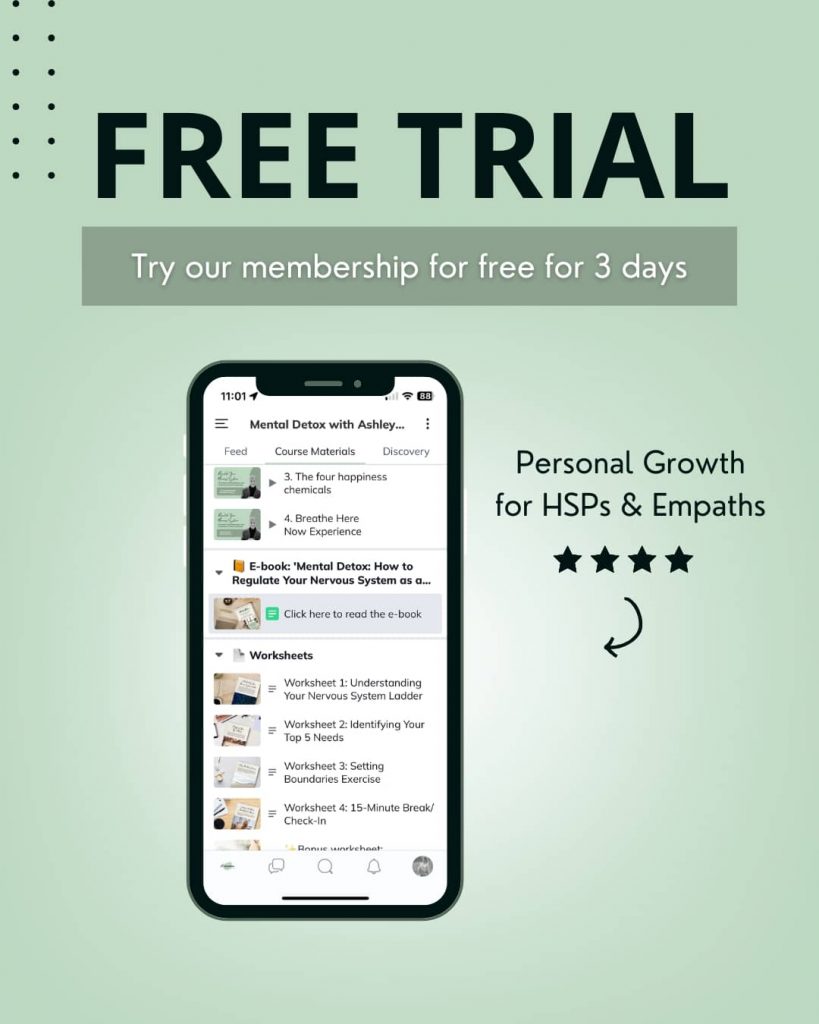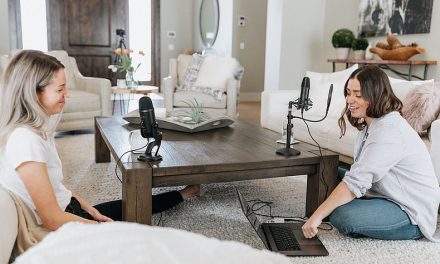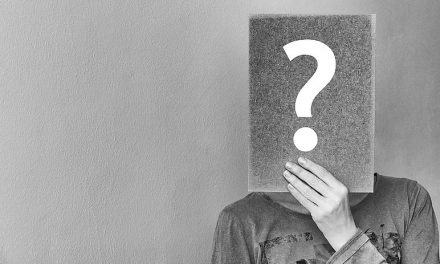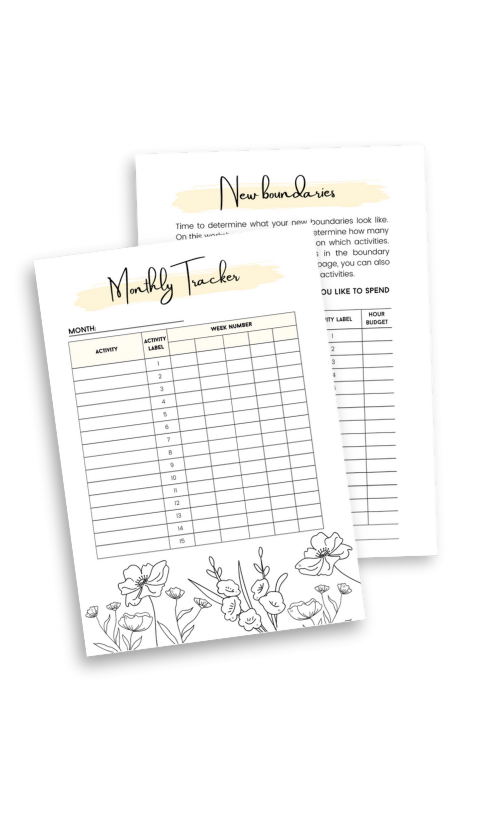Are you considering to do a low-buy or no-buy year? In this article, we dive into the benefits and how you can get started!
As we step into a new year, many of us find ourselves reflecting on personal growth and healthier habits. If you’ve ever felt like your money seems to disappear without much to show for it, you’re not alone. That’s where the idea of a low-buy year or a no-buy year comes in. Inspired by a heartfelt conversation I had with Tiara Ariel on the Highly Sensitive Friends Talking Podcast, let’s explore how being more intentional with your spending can transform both your finances and mindset.
As we step into a new year, many of us find ourselves reflecting on personal growth and healthier habits. If you’ve ever felt like your money seems to disappear without much to show for it, you’re not alone. That’s where the idea of a no-buy or low-buy year comes in. Inspired by a heartfelt conversation on the Highly Sensitive Friends Talking Podcast, let’s explore how being more intentional with your spending can transform both your finances and mindset.
Here’s What You’ll Discover:
- What Exactly Are a No-Buy and a Low-Buy Year?
- Why Try a No-Buy or Low-Buy Year?
- How to Get Started
- Practical Tips for Maintaining a No-Buy or Low-Buy Year
- What Items Can You Put On Your No-Buy-List?
- The Emotional Impact of a No-Buy or Low-Buy Year
- Transform Your Mindset Along the Way
- Making a No-Buy or Low-Buy Year Work for You
- Long-Term Benefits of Spending Less
What Exactly Are a No-Buy and a Low-Buy Year?
A no-buy year is a commitment to stop all non-essential spending for an extended period, typically a year. The focus is on absolute necessities—think groceries, rent, utilities, and basic personal care items—while eliminating all luxury or impulse purchases.
In contrast, a low-buy year is more flexible and encourages mindfulness rather than total restriction. It allows for thoughtful spending on pre-planned or meaningful purchases while cutting back on impulse buys. The idea is to minimize excess without completely eliminating joy or personal growth investments.
For instance, a no-buy year might mean no new clothes at all, while a low-buy year could allow for replacing worn-out essentials or investing in personal development courses that align with long-term goals.

Why Try a No-Buy or Low-Buy Year?
Imagine feeling more in control of your money, with fewer financial worries weighing you down. That’s one of the biggest benefits of both approaches—they bring clarity and empowerment.
By keeping a closer eye on your spending, you’ll begin to notice emotional spending patterns. Are you shopping to cope with stress? Seeking a mood boost? Once you identify these habits, you can begin shifting towards healthier ways of managing your emotions.
The emotional relief from reducing impulse spending can be profound. In the podcast episode of the HSFT podcast, I described how freeing it felt to see my savings balance grow, even in small increments. I finally feel in control and at peace with my financial habits.
Beyond financial clarity, both no-buy and low-buy years foster gratitude. When you stop chasing every sale or impulse buy, you naturally shift focus to appreciating what you already have. That cozy sweater you haven’t worn in months? The book you bought but never opened? Suddenly, you’ll feel more content with the things you already own.
How to Get Started
Starting a no-buy or low-buy year doesn’t mean giving up all spending—it’s about becoming more intentional with where your money goes. Here’s how to begin:
Set Clear Guidelines: Decide which approach suits your lifestyle best. A no-buy year could mean pausing all discretionary spending, while a low-buy year allows for minimal, mindful purchases.
Create a “Buy List” for the Year: List items you will allow yourself to buy intentionally. For instance, if you’re renovating your home, necessary tools or supplies would make the list. This helps you distinguish between thoughtful purchases and spontaneous splurges.
Track Your Progress: A simple tracker, like a bingo card or journal, can help you celebrate small wins. Mark successful days without impulse spending, and let those victories motivate you.
Identify Your Triggers: Ask yourself what situations often lead to unplanned spending. Is it stress? Boredom? Social media ads? Understanding your triggers allows you to create healthier habits, like replacing impulse shopping with journaling, walking, or calling a friend.
Celebrate Your Wins: You deserve to feel good about your progress! Treat yourself in ways that align with your goals—like a relaxing bath, a nature walk, or a cozy movie night.
Practical Tips for Maintaining a No-Buy or Low-Buy Year
- Unsubscribe from Retail Emails: Less temptation in your inbox means fewer impulse purchases.
- Use a Wish List: Write down items you’re tempted to buy and revisit the list after a month. Often, the urge will pass.
- Shop In Your Own Home: Reorganize your space and rediscover forgotten treasures instead of buying new ones.
- DIY Where Possible: From homemade gifts to beauty treatments, get creative with ways to avoid spending unnecessarily.
What Items Can You Put On Your No-Buy-List?
- New clothing (unless replacing essentials)
- Home decor and non-essential household items
- Beauty products (unless you run out)
- Books and magazines (consider libraries instead)
- Electronics and gadgets
- Jewelry and accessories
- Dining out or takeaway (except for special occasions)
- Impulse grocery purchases (like snacks you don’t need)
- Subscription services or memberships you rarely use
The Emotional Impact of a No-Buy or Low-Buy Year
For highly sensitive people (HSPs), financial habits can feel deeply emotional. Both approaches, when done with self-compassion, can feel incredibly healing.
In the podcast conversation I shared how I shifted from a scarcity mindset to a sense of abundance simply by watching my savings grow, no matter how small the amounts were. Automating savings and even hiding the balance from daily view made it easier for me to focus on the progress rather than the limitations.
Transform Your Mindset Along the Way
Ultimately, a no-buy or low-buy year isn’t just about cutting back—it’s about creating a healthier relationship with money and yourself. It’s about shifting from a scarcity mindset to an abundant one, where you make empowered decisions instead of reactive ones.
As you continue your journey, remember to reflect regularly. What’s working well? What feels challenging? Adjust your approach as needed, and keep the focus on progress, not perfection.
Making a No-Buy or Low-Buy Year Work for You
Every financial journey is different, so personalize your approach. If a full year feels overwhelming, start with just a month. Partner with a friend for accountability, or join a supportive community. The key is to make it feel sustainable and aligned with your values.
Long-Term Benefits of Spending Less
The long-term benefits of mindful spending extend far beyond your wallet. Increased savings, stronger financial habits, and a greater sense of alignment with your values can create a ripple effect of positivity in all areas of your life.
By being more intentional, you can reduce financial stress, boost self-confidence, and focus on what truly matters—whether it’s more family time, personal growth, or simply the peace of mind that comes from financial security.
To dive deeper into this inspiring conversation and hear personal experiences about goal-setting for 2025, be sure to check out the Highly Sensitive Friends Talking Podcast. Their latest episode explores the art of mindful spending, financial empowerment, and building healthy habits for the new year.
